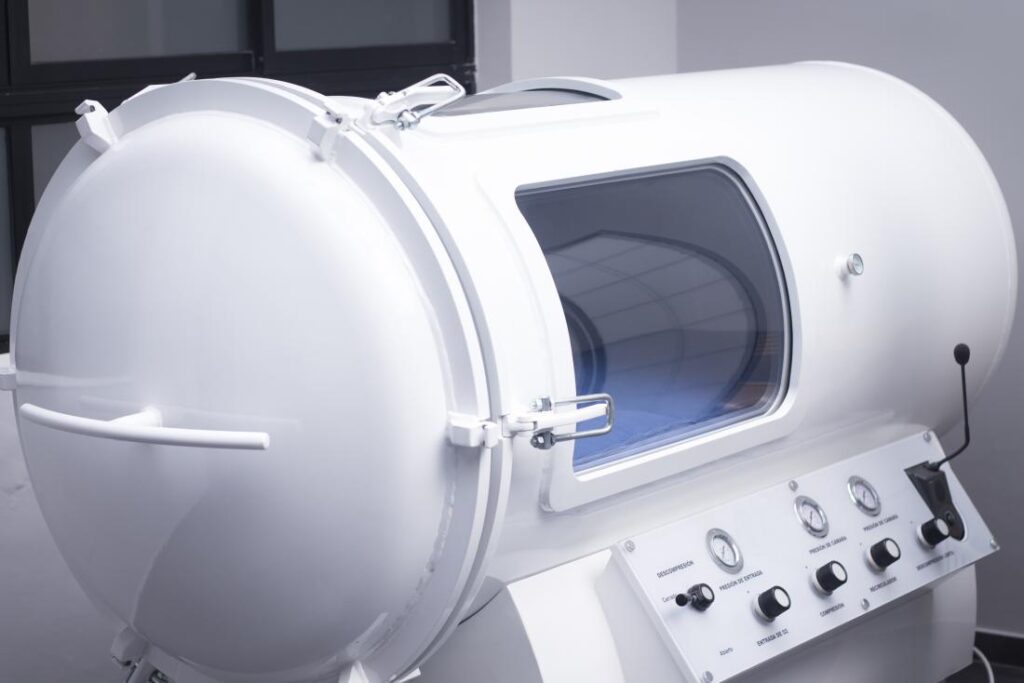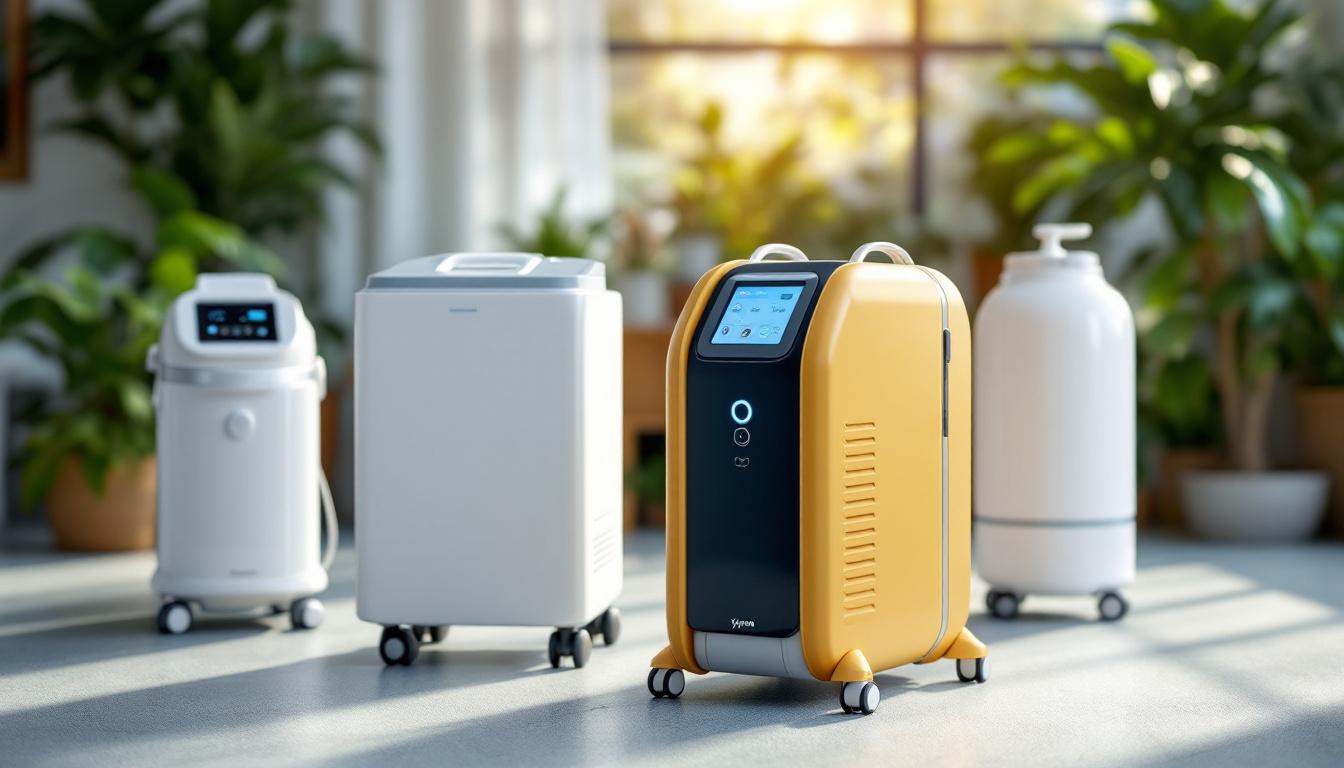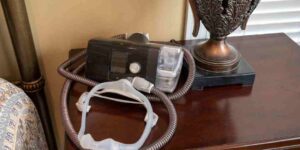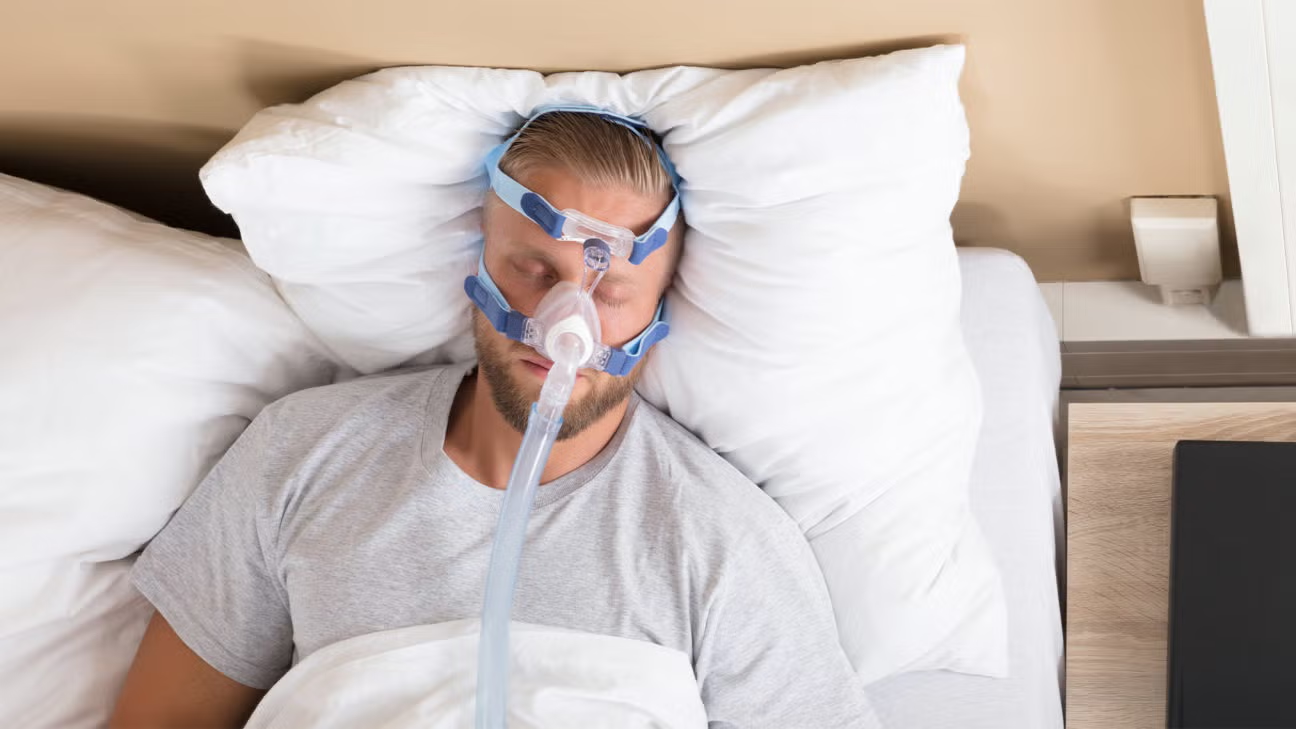
Oxygen Machine for Home Use: Safe, Convenient, and Effective
Aug 11 2025 Oxygen Machine oxygen compressor oxygen at home oxygen breathing machine oxygen supply oxygen therapy at home air liquide home oxygen oxygen airIn recent years, the demand for oxygen machines for home use has surged, particularly among individuals with respiratory conditions such as chronic obstructive pulmonary disease (COPD), asthma, and other lung-related issues. These machines, also known as oxygen concentrators, provide a reliable source of supplemental oxygen, allowing users to breathe more easily and improve their overall quality of life. This article delves into the various aspects of oxygen machines, exploring their safety, convenience, and effectiveness for home use.
Understanding Oxygen Machines
Oxygen machines, or concentrators, are devices that extract oxygen from the ambient air and deliver it in a concentrated form to the user. Unlike traditional oxygen tanks, which require refilling and careful handling, oxygen concentrators operate continuously, making them a more practical solution for home use.

These oxygen machines are designed to provide a steady flow of oxygen, typically ranging from 1 to 10 litres per minute, depending on the user’s needs. They are equipped with filters that remove nitrogen and other gases, ensuring that the oxygen delivered is of high purity. This process allows individuals with low blood oxygen levels to receive the necessary support without the complications associated with tank-based oxygen systems.
Types of Oxygen Machines
There are primarily two types of oxygen machines available for home use: stationary and portable concentrators. Each type serves different needs and lifestyles.
- Stationary Oxygen Concentrators: These units are larger and designed for use at home. They typically offer higher oxygen output and are connected to a power source. Stationary concentrators are ideal for individuals who spend most of their time at home and require a consistent supply of oxygen.
- Portable Oxygen Concentrators: These devices are lightweight and battery-operated, allowing users to maintain an active lifestyle. Portable concentrators are perfect for those who travel frequently or wish to engage in outdoor activities while still receiving the necessary oxygen support.
Benefits of Using an Oxygen Machine at Home
Utilising an oxygen machine at home comes with numerous benefits, significantly enhancing the quality of life for individuals with respiratory issues. These benefits include improved health outcomes, increased mobility, and enhanced independence.
Improved Health Outcomes
One of the primary advantages of using an oxygen machine is the improvement in overall health. Supplemental oxygen can alleviate symptoms associated with low oxygen levels, such as fatigue, shortness of breath, and confusion. By ensuring that the body receives adequate oxygen, individuals can experience better physical and mental health, leading to increased energy levels and improved cognitive function.
Furthermore, consistent use of an oxygen machine can prevent complications associated with chronic respiratory conditions. For example, individuals with COPD may find that regular oxygen therapy reduces the frequency of exacerbations, hospitalisations, and the overall progression of their disease. Learn more about COPD at https://www.med.unc.edu/medicine/pulmonary/patient-care/pulmonary-subspecialty-care/chronic-obstructive-pulmonary-disease-copd/
Increased Mobility and Independence
Oxygen machines, particularly portable concentrators, empower individuals to maintain an active lifestyle. Users can engage in daily activities, such as shopping, exercising, or socialising, without being tethered to a stationary oxygen tank. This newfound freedom can significantly enhance one’s quality of life, allowing for greater participation in community and family events.
Moreover, the convenience of having an oxygen machine at home means that users can manage their oxygen therapy independently. Many modern concentrators come with user-friendly interfaces and alarms that notify users of any issues, ensuring that they can monitor their oxygen levels without constant supervision.
Safety Considerations for Home Oxygen Use
While oxygen machines are generally safe, it is essential to adhere to specific safety guidelines to minimise risks associated with oxygen therapy. Understanding these safety considerations can help users and caregivers ensure a safe environment for oxygen use.
Proper Usage and Maintenance
To ensure the safe operation of an oxygen machine, users should follow the manufacturer’s instructions regarding setup, usage, and maintenance. Regular maintenance, including cleaning filters and checking for any signs of wear and tear, is crucial for optimal performance. Additionally, users should be aware of the correct flow settings prescribed by their healthcare provider, as improper settings can lead to inadequate oxygen delivery.
It is also vital to keep the oxygen machine in a well-ventilated area, away from any potential fire hazards. Oxygen is a highly flammable gas, and users should avoid using flammable materials, such as oils or lotions, near the machine.
Learn more on: Home Oxygen Machine What You Need to Know Before Buying
Monitoring Oxygen Levels
Regular monitoring of oxygen levels is essential for individuals using an oxygen machine. Many concentrators come equipped with built-in pulse oximeters that provide real-time readings of blood oxygen saturation levels. Users should be familiar with their target oxygen saturation levels and consult their healthcare provider if they notice any significant changes.
In addition to monitoring oxygen levels, users should also keep track of any symptoms they experience while using the machine. If shortness of breath or other concerning symptoms persist, it is crucial to seek medical advice promptly.
Choosing the Right Oxygen Machine
Selecting the appropriate oxygen machine for home use involves considering various factors, including the user’s medical needs, lifestyle, and budget. Understanding these factors can help individuals make informed decisions when purchasing or renting an oxygen concentrator.

Assessing Medical Needs
Before acquiring an oxygen machine, it is essential to consult with a healthcare professional who can assess the individual’s medical needs. A thorough evaluation will determine the required oxygen flow rate, duration of use, and any additional features that may be beneficial, such as pulse dose delivery or continuous flow options.
Healthcare providers may also recommend specific brands or models based on the user’s condition and lifestyle. This professional guidance ensures that individuals receive the most suitable equipment for their needs, maximising the effectiveness of their oxygen therapy. Click here to find more about equipment.
Considering Lifestyle and Budget
When choosing an oxygen machine, individuals should consider their lifestyle. For those who are frequently on the go, a portable oxygen concentrator may be the best option, while individuals who primarily stay at home may benefit from a stationary unit. Additionally, users should evaluate their budget, as prices for oxygen machines can vary significantly based on features and capabilities.
It is also worth exploring rental options, as many suppliers offer rental programmes that allow users to try different models before committing to a purchase. This flexibility can be particularly beneficial for individuals who may need to adjust their oxygen therapy over time.
Conclusion
Oxygen machines for home use offer a safe, convenient, and effective solution for individuals with respiratory conditions. By providing a consistent supply of supplemental oxygen, these devices can significantly improve health outcomes, enhance mobility, and promote independence. However, it is crucial to adhere to safety guidelines and consult with healthcare professionals to ensure the appropriate use of oxygen therapy. With the right equipment and support, individuals can lead fulfilling lives while managing their respiratory health effectively.



